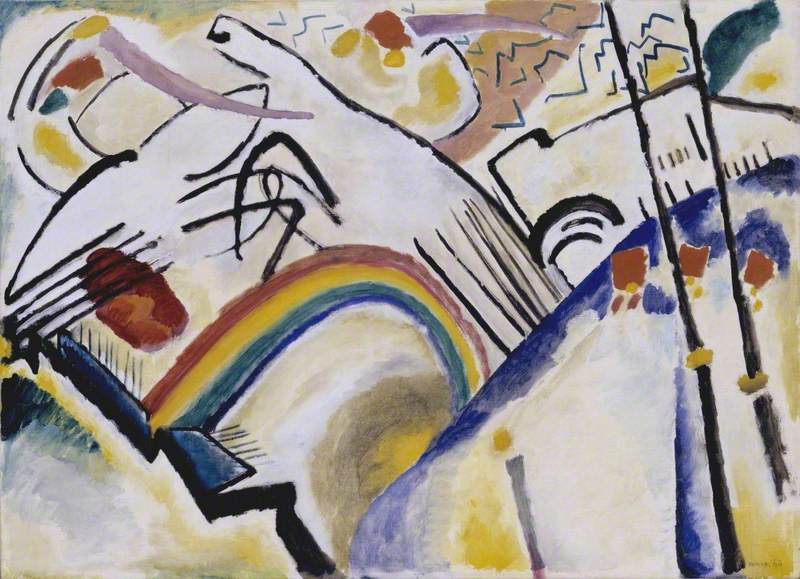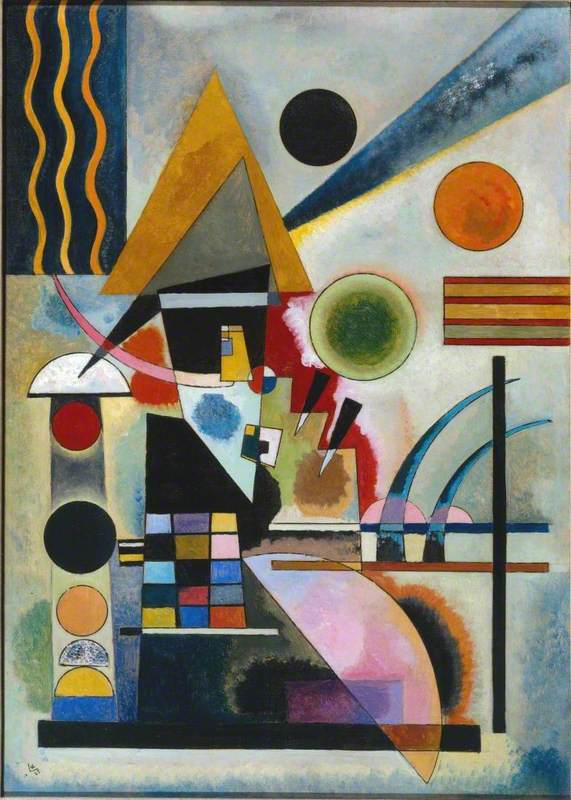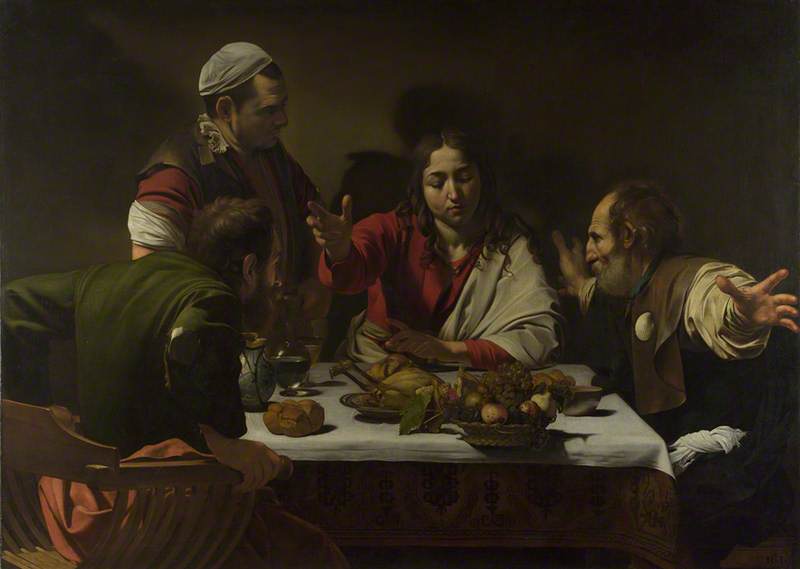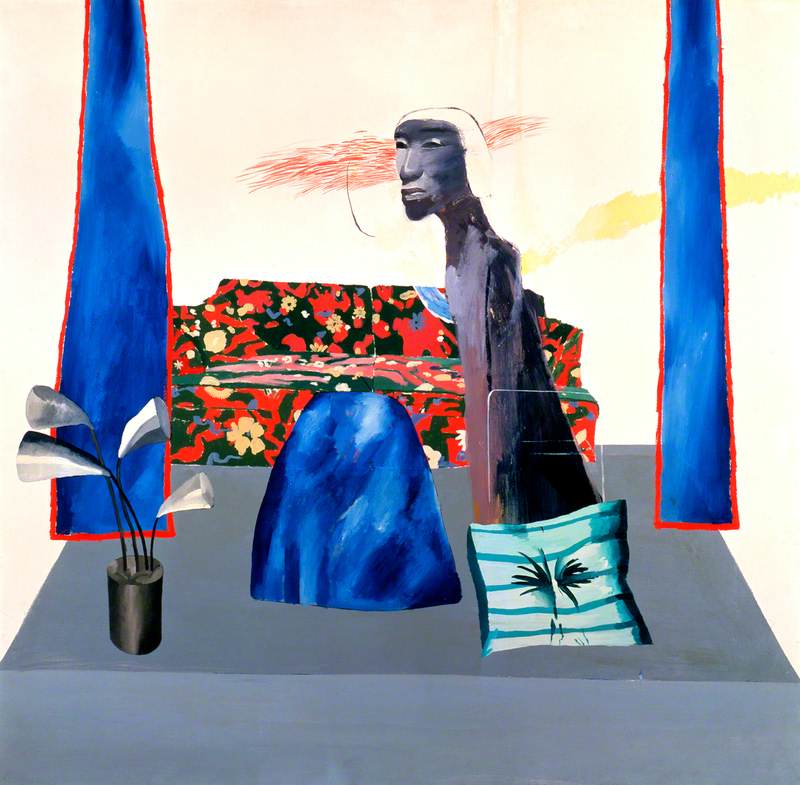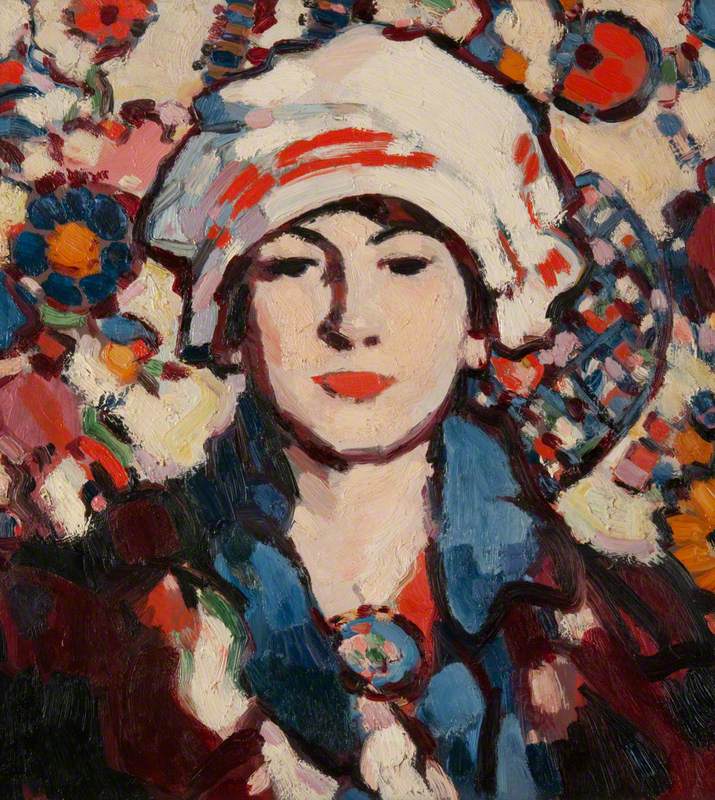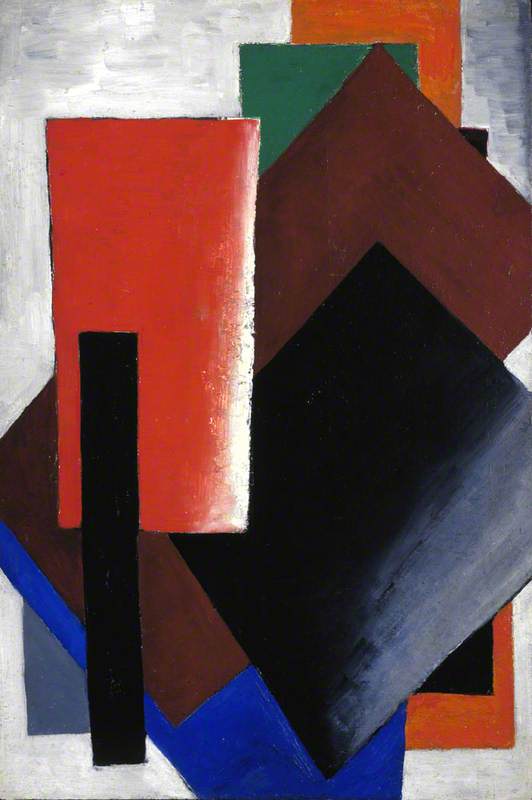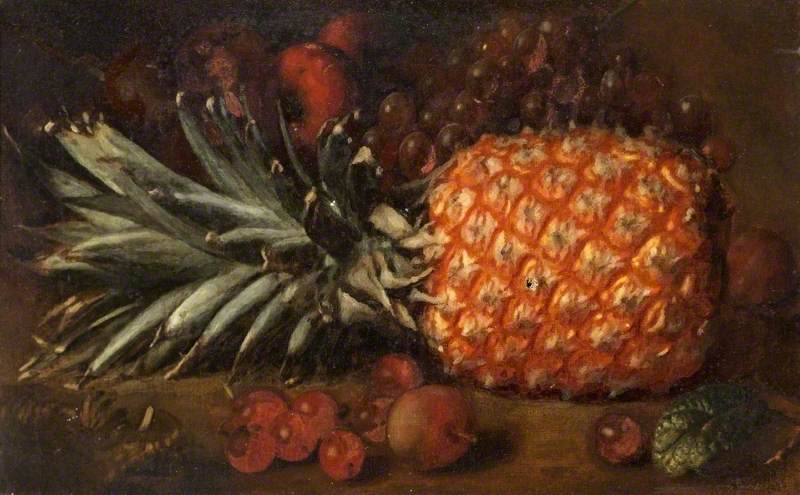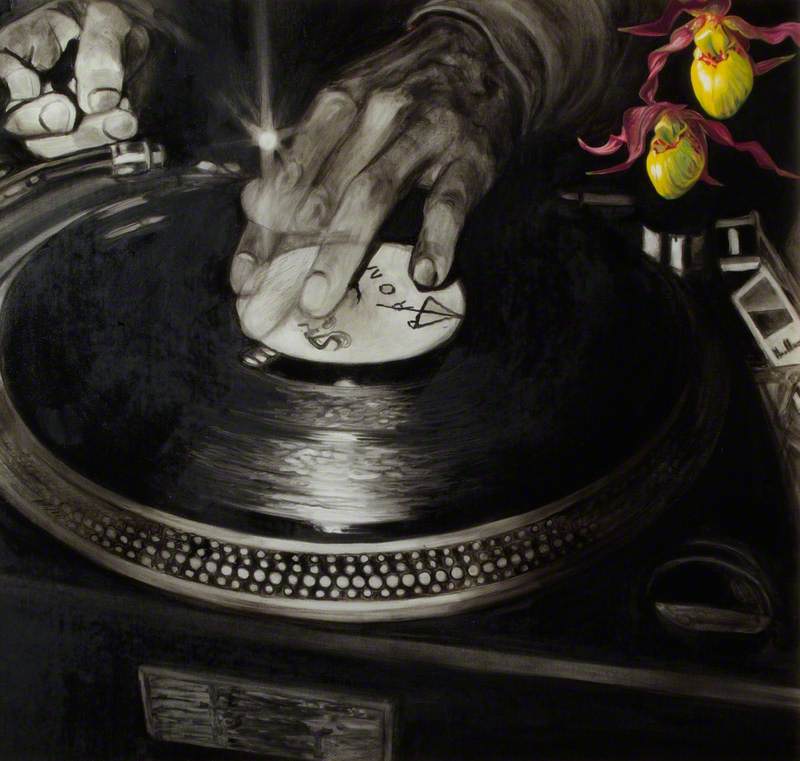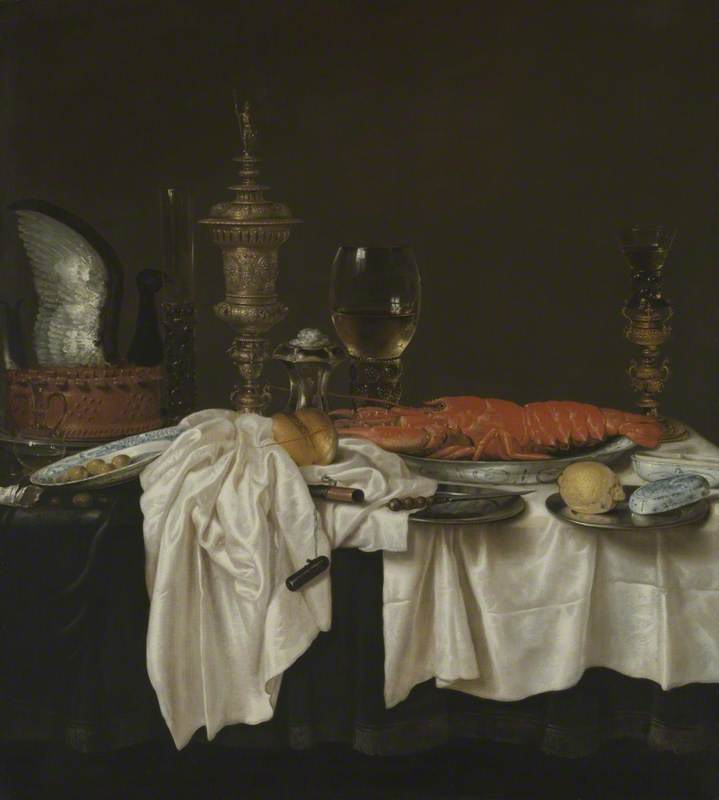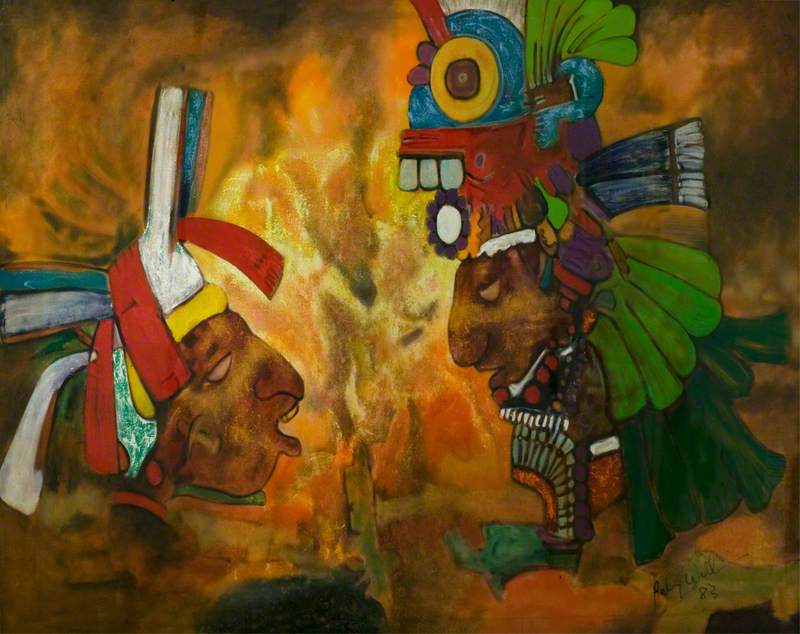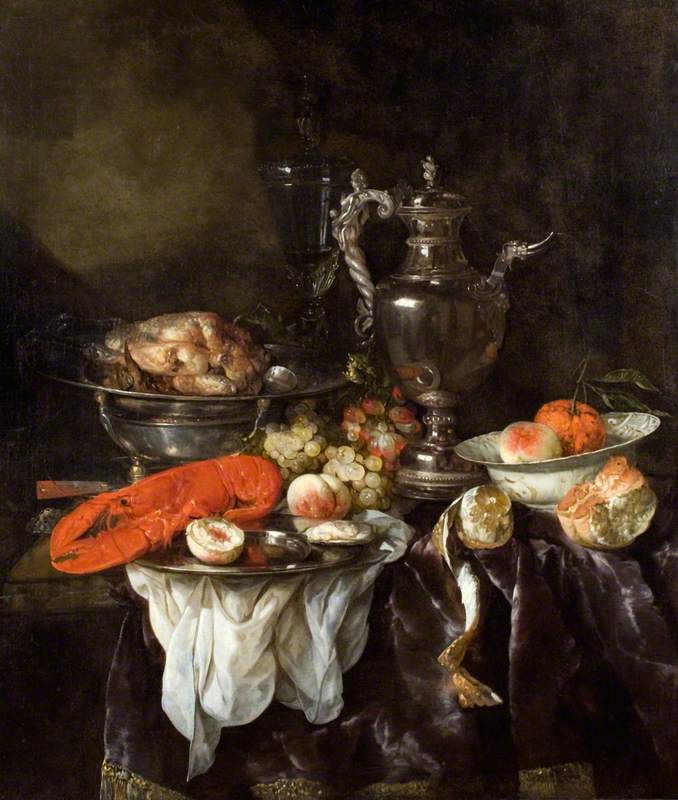James Wannerton is a synaesthete whose senses of sight, hearing, and taste are connected. We recently had a conversation with James about synaesthesia for our Art Matters podcast where he explained the condition and how it can impact an artist’s work. In this story, he explains how he experiences two paintings by Wassily Kandinsky (1866–1944), a fellow synaesthete.
I’ve always felt a connection with the work of Wassily Kandinsky so when I discovered he was a synaesthete like myself, I became very interested in the man as well as the artist. What was going through his mind as he worked? Could his synaesthesia have played a key part in his creative process?
There’s also a faint but tangible over-taste of hard, cold egg yolk over the piece with small, jagged fragments of wafer biscuit
It’s obvious that to Kandinsky, colour had a meaning and a distinct purpose of its own. He uses lines, colours, shapes and symbols to express emotions, ideas and thoughts to great effect. He also manages to match the optimum shape with the optimum colour to give it maximum impact. I like to think that Kandinsky, like myself, interpreted the world around him in a unique, multi-sensorial fashion. He was certainly known for linking musical tones to specific colours. This, I’m sure, would have encouraged him to produce art that evoked sound through sight, creating a graphic symphony that stimulates not just your eyes, but your ears as well.
Cossacks (Cosaques)
Scanning this work immediately produces a soft, bubble-like texture. The flavours are mostly sweet, very similar to sucking on small, round balls of multi-flavoured jelly. There’s also a faint but tangible over-taste of hard, cold egg yolk over the piece with small, jagged fragments of wafer biscuit adding to the mix. The problem I have with Cossacks is that it is obviously semi-abstract and that complicates the work and creates an element of chaos, which on closer scrutiny makes it messy and unpalatable.
Upon recognising the dark slashes on the right as lances in the hands of two Cossacks, the original blackcurrant taste becomes covered in a thin layer of something meaty with a peculiar, hard plastic-like texture. The rainbow I interpret as a bridge. I think it would taste a lot better if the rainbow colours were toned down a little. As it is, it produces a similar incongruent sweet/savoury flavour mix – a little like mixing the inside of a pork pie (no crust) with a packet of Starburst.
Cossacks is a nice piece, but not something I’d hang in the dining room. It leaves me feeling too full and bloated.
Swinging (Schaukeln)
This is more my kind of Kandinsky. Swinging represents movement and flow, and the carefully arranged geometric lines and shapes produce a multitude of tastes and textures that sit very well together. The horizontals and verticals give the piece balance and the geometry is precise with some of the shapes overlapping, providing taste contrasts that are very pleasing.
Scanning the work produces a lingering over-taste, very similar to mixed fresh fruit pieces randomly tipped into a bowl of slightly warm custard. The texture and flavour combinations are varied and always work well together. The sense of movement has the effect of adding a certain dynamism. This produces a fast-flowing sequence of synaesthetic tastes which arrive and depart in small bursts – nothing overpowering or too intense. The texture combinations are truly fantastic, a sublime mix of soft and creamy over crisp and crunchy. Hot apple pie, smothered in cold ice cream with crunchy wafer biscuits is one such experience. Parts of the composition produce the synaesthetic perception of eating through a bag of Liquorice Allsorts.
James Wannerton, President of the UK Synaesthesia Association and Vice President of the International Association of Synaesthetes, Artists and Scientists
